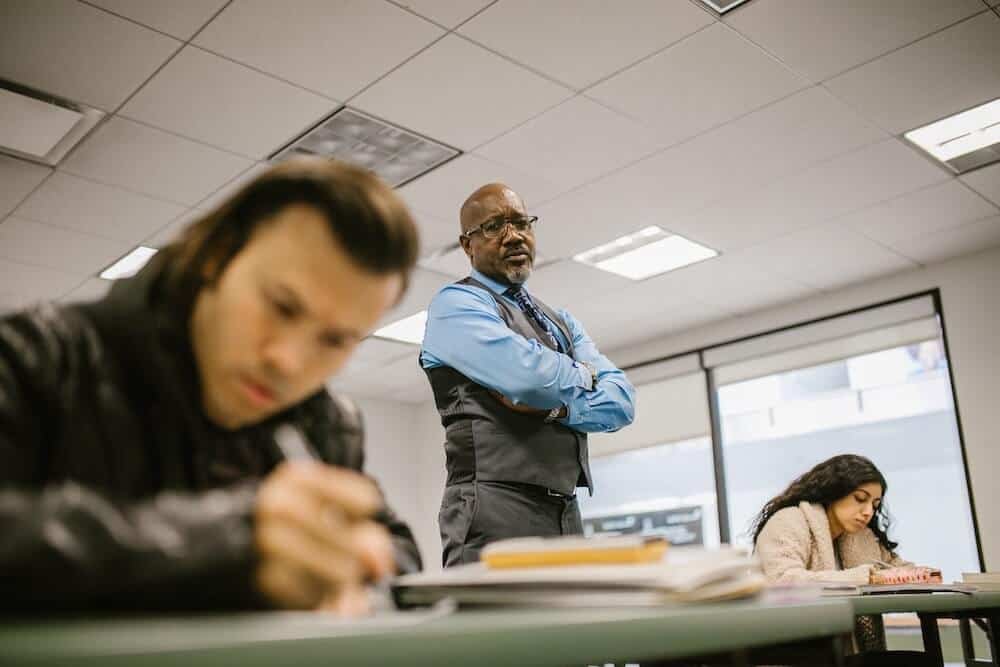Teacher burnout is widespread. A study last year found 75% of staff surveyed reported being stressed and 59% were considering leaving due to pressures on their mental health. Budget cuts, understaffing and the impact of the Covid-19 pandemic have all added to existing pressures. Starting a new school year and meeting new classes can be challenging for lots of teachers. However, if you are already exhausted and feeling like you just trying to survive until October half-term, you may be experiencing burnout. This blog will explain the signs to look for and how to prevent burnout.
Am I experiencing teacher burnout?
We can all have stressful days at work from time to time. However, burnout is when chronic stress has built up over a long period of time. If you are feeling physically and emotionally exhausted, this is a sign of burnout. You may also notice being more pessimistic about work and not finding the enjoyment and fulfilment you used to. You may be easily irritated or upset, feel you are not performing the job as well and feeling hopeless. There is a more extensive list of signs of burnout here.

3 ways to prevent teacher burnout
Check in with people outside of the profession
One of the biggest challenges with burnout can be recognising that you are burnt out. With so many teachers finding the job impacts their mental health, burnout has become normalised within the profession. Speaking to people outside of teaching about how you feel can help you get perspective. Talking about your workload to someone else can be a good barometer of if the demands placed on you are unreasonable or the workload unsustainable. Scheduling check-ins, whether a phone call or meeting up, can also be helpful in creating a boundary for when you finish work for the day.
Schedule free time
It can be really difficult to get an actual break during the school day and easy to be marking or lesson planning until you go to bed. It can help to schedule in free time. This could be setting a time you do not work past, or certain days where you don’t take work home. Think about activities that restore you and what you do want to do with this time. It can help to include someone else to hold you accountable to taking that free time. For example, booking onto an exercise class or making plans with a friend.
Say no
Whilst you may not be able to say no to teaching that particular Year 9 class last thing on a Friday, there are things you can say no to. These may include optional meetings, trips, holiday revision sessions or having a student teacher in the department. Rather than feeling obliged to say yes, try thinking of no as your default. Question whether you really have capacity and what the benefits of saying yes would be. Saying no could also look like reducing your hours or changing schools – whatever works for you. My other blog here has further tips on how to prevent burnout.
Conclusion
Teachers are one of the professions that are particularly vulnerable to burnout. Spotting the signs can be difficult as teacher burnout has become normalised. Once you do spot the signs, there are steps you can take to prevent burnout. If you would like to find out more about how counselling can help, please get in touch:


